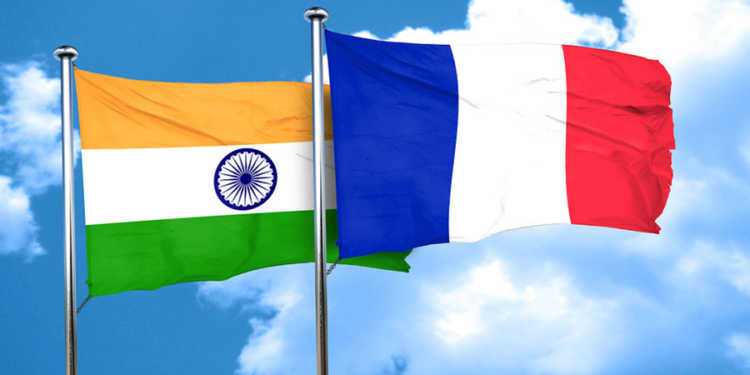India has become the sixth largest economy in the world surpassing France, which moved down to seventh place. According to the data updated by World Bank, India’s GDP was $2.597 trillion in 2017, while for France it was $2.582 trillion. The World Bank is an international financial institution that provides loans to countries of the world for capital projects. The United States, China, Japan, Germany and the United Kingdom occupy top 5 places with a GDP of $19.390 trillion dollars, $12.237 trillion dollars, $4.872 dollars, $3.677 dollars, and $2.622 trillion dollars respectively. As per the World Bank June 2018 edition of the Global Economic Prospect report, India will grow at the rate of 7.3% in 2018-19 and 7.5% for 2019-20, which makes India the fastest growing major economy in the world.
The United Kingdom is a little ahead of India in GDP measures in 2017 data. London-based Centre for Economics and Business Research (CEBR) had predicted that India would become the world’s fifth largest economy surpassing the UK by the end of 2018. For India to take over its former colonial master would be a matter of pride and joy. It should be noted here that India’s share in the world GDP was almost 25 percent when the British first came to India. The loot and exploitation by the British was so devastating that the country’s share in the world GDP came down to almost 2 percent when they left the country in 1947.

The combined effect of colonial loot and backwardness in industrialization diminished the stature of the country with respect to world GDP. India was known as the ‘crown jewel’ of the British Empire because it contributed the most for the expansion of the empire and wealth creation in Britain. Now when the country will surpass Britain in 2018, in just 7 decades after getting independence, this will be a befitting reply to our former colonial masters.
The economic growth of almost 5 percent in the Nehru years was as per the capacity of a newly independent nation. But the socialist model of development adopted by Indira Gandhi which included nationalization of banks and major industries hampered the economic growth of the country. The average annual GDP growth fell below 3 percent in the late 60s and 70s. Economic liberalization in 1991 opened up new avenues of growth for the country. Since India adopted the liberalization-globalization-privatization (LPG) program, it grew above the rate of 5 percent in every year and even above 9 percent in some good years. The stature of India in the world economy is reviving slowly with its share rising above 3 percent and its contribution being a major share in the world GDP growth.
Given its socio-economic history and conditions, India is bound to succeed in a free market economy, because the historical reason behind the success of Indian economy was the free market principals it followed. In its 5000 years long history the country never followed a state dominated model for economic growth and always believed in its people for the creation of wealth as well as for societal welfare. A report by British brokerage HSBC said that India is likely to overtake Japan and Germany to become the third largest economy in the next 10 years. With the country accepting free market capitalism with an open heart in recent years, it will once again become one of the largest economies in the world in the coming decades.































